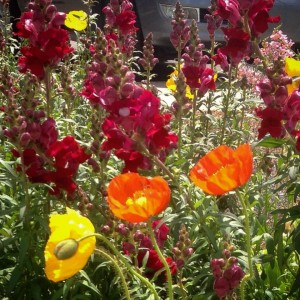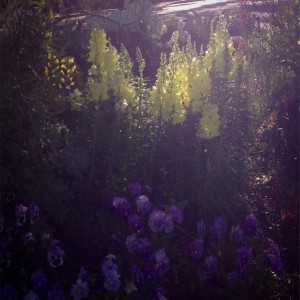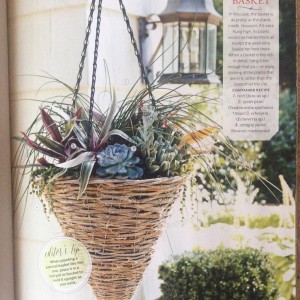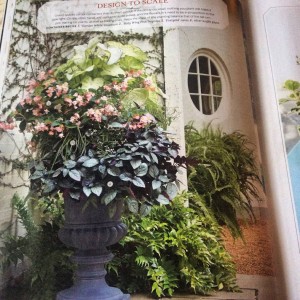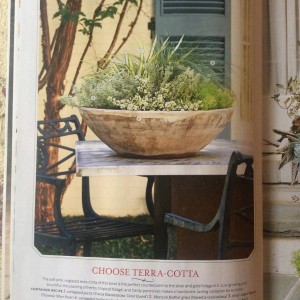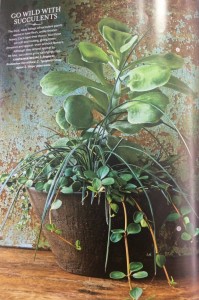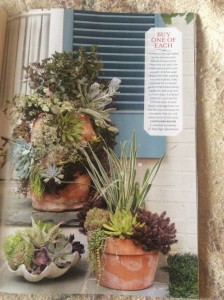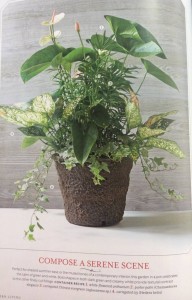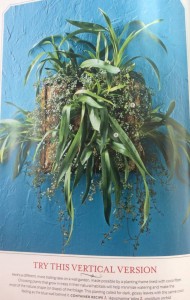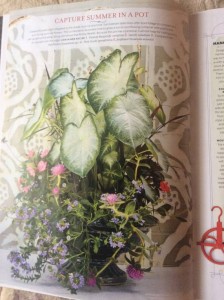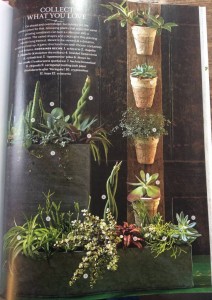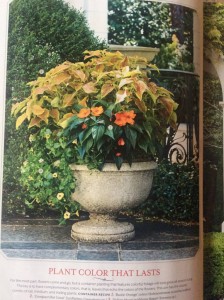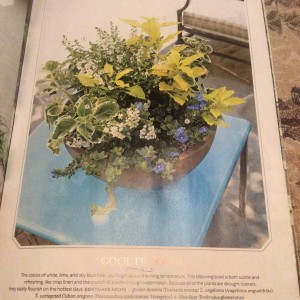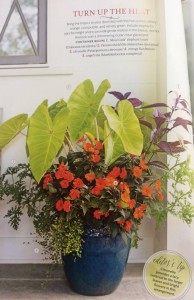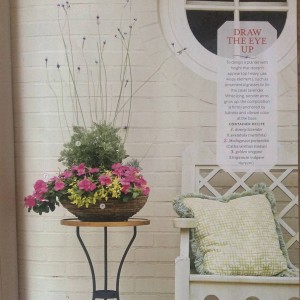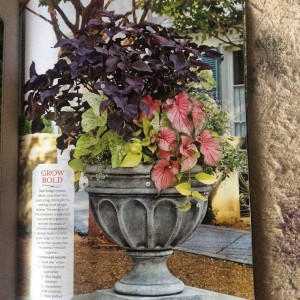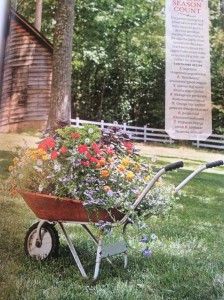Amaryllis, unquestionably, are one of the most dramatic and elegant of flowers. That bold, beautiful blooms of all colors and sizes can emerge from such a drab, unassuming brown bulb is amazing. They are truly a wonder of nature!
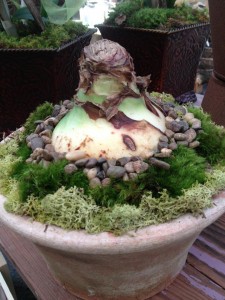
Decorative moss and pebbles dress up this amaryllis bulb…
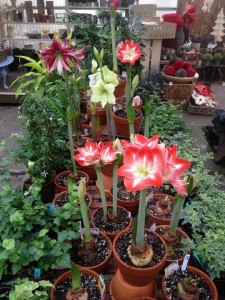
Amaryllis in the greenhouse…
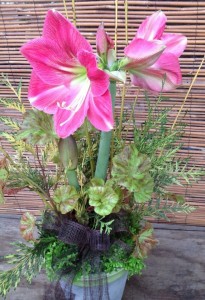
Amaryllis arrangement…
So, you want to purchase an amaryllis bulb (or more than one) for yourself or as gifts for friends? First, you need to know that the size of the bulb corresponds to the size and amount of blooms. Their sizes range from “miniature” amaryllis bulbs to jumbo amaryllis and there are midsize bulbs as well.
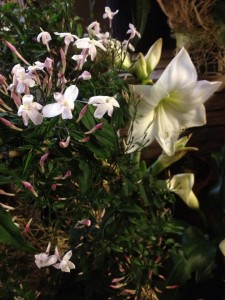
Large blooms of this amaryllis offer a contrast to the fragrant jasmine…
Beware of gift boxes and bags already prepackaged. I’ve stopped carrying them because, inevitably, the bulb begins to grow in the box prior to purchase. Believe me, there’s nothing sadder than an amaryllis, stem bent toward the light, growing sideways out of a box. It’s just not right!
Potting them up is quite simple. Find a pot that is no more than an inch or so wider than the bulb and fill it with good quality potting soil (We use Fafard.) about half way up the pot. Next, position the bulb on the soil, pushing the roots firmly in place. The “shoulder”, or widest portion of the bulb, should be above the soil. Fill in around the bulb, push down gently, and water with some of the remaining manure tea.
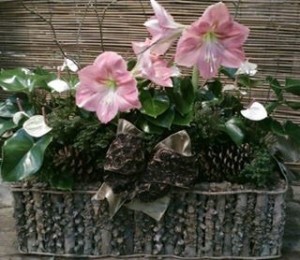
The hardest part is the wait for the bud to begin to emerge. It may take just a few days in a warm, sunny room, but it can just as easily take longer. Amaryllis don’t always cooperate with our timetables. Take a look at this “Holiday Flowers” post from last year and you’ll see what I mean. When you do see new growth starting to emerge, begin to water just so the soil stays slightly moist and watch the magic happen! You can also “dress up” the top of the soil with decorative moss or pebbles. 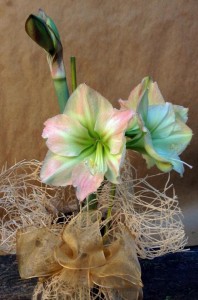
In bloom amaryllis can get quite tall and will usually benefit from some type of staking. In addition to simple bamboo stakes, stems of red and yellow twig dogwood, birch, curly willow, or branches from your landscape can be used. Insert the staking material at the edge of the bulb and tie it with raffia or ribbon.
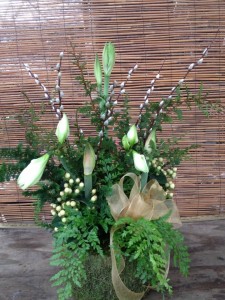
Amaryllis, budded, with ferns, and stems of pussywillow…
The pictures here show what we’ve done in the past using amaryllis. They make wonderful presents during the holiday season and simply watching the bloom stalk grow taller and the enormous buds begin to open is a gift in itself!
There’s also a video we’ve done on amaryllis available to watch on the Oak Street Garden Shop YouTube channel. If you enjoy it, subscribe for more!
In addition to bulbs that are available for you to plant, we also will be receiving many amaryllis already potted up from our growers. So, if you’re in the Birmingham area, there’s no excuse not to have one of these holiday favorites!

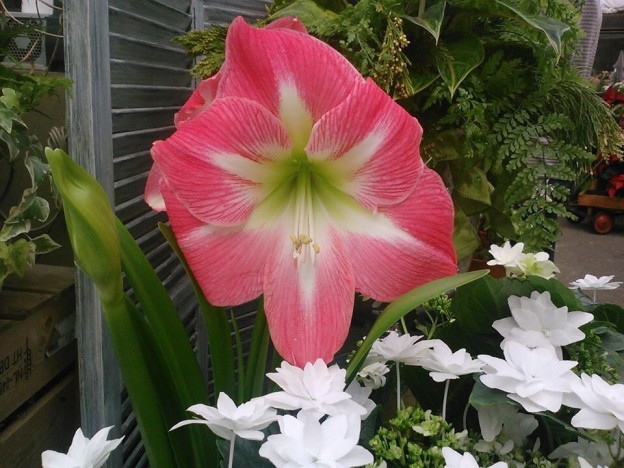
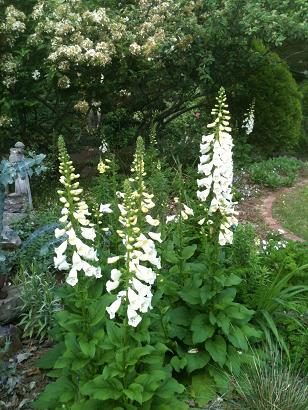
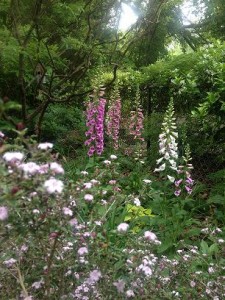
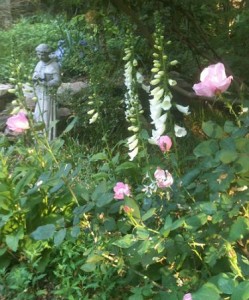
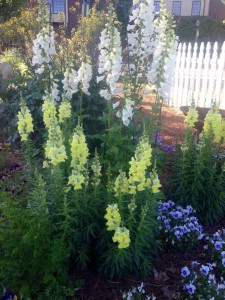


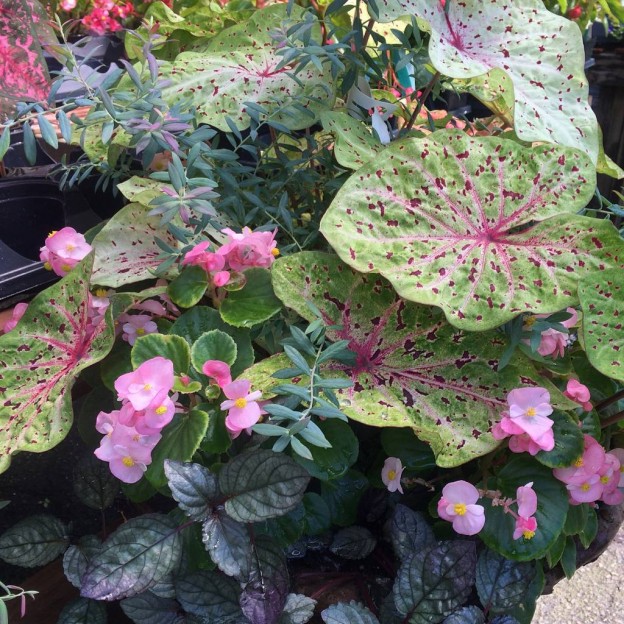
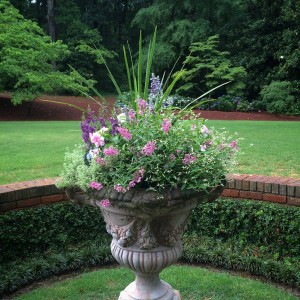
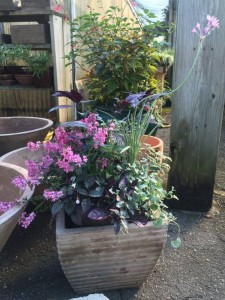
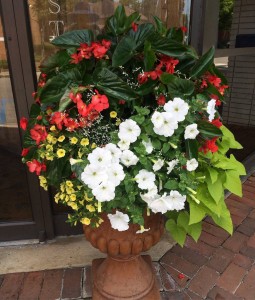
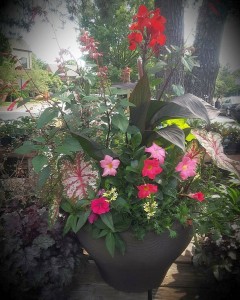
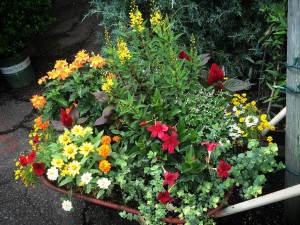
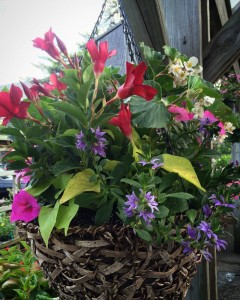
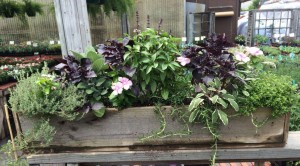
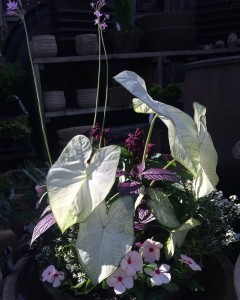
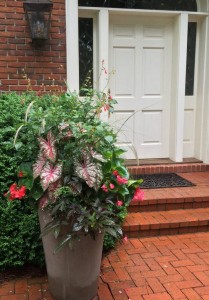
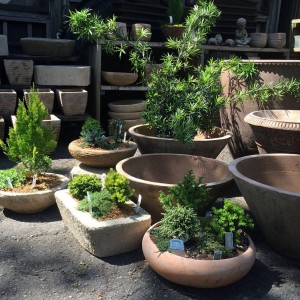
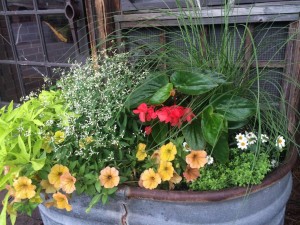
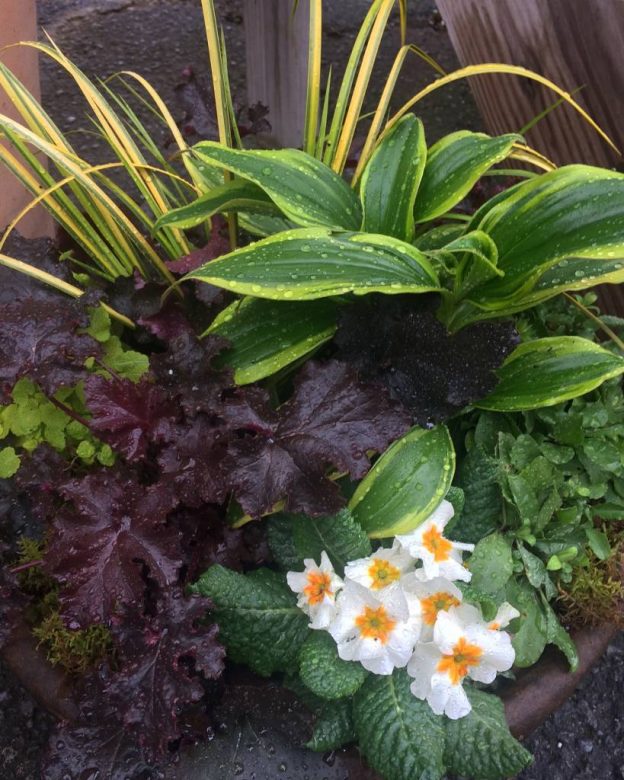
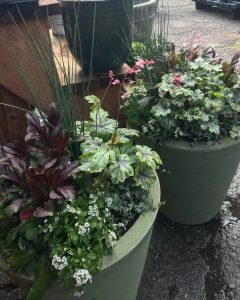
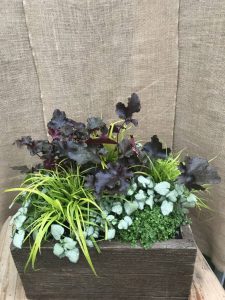
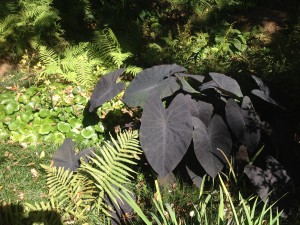
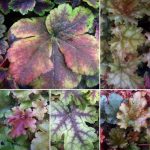
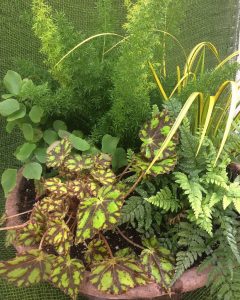
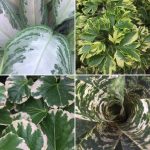
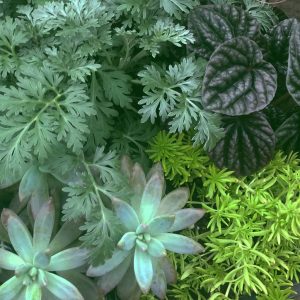
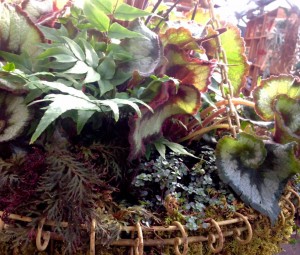
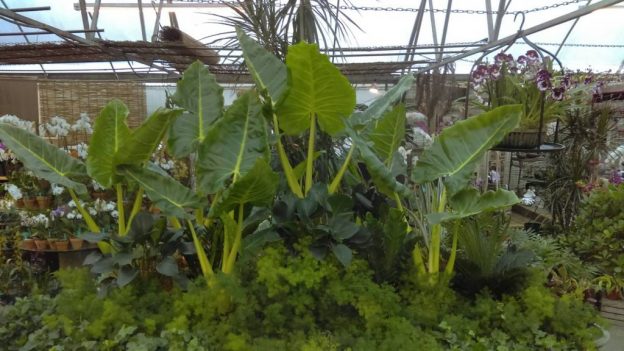
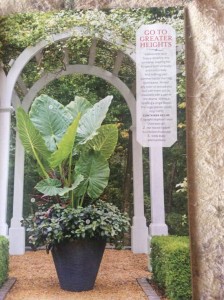
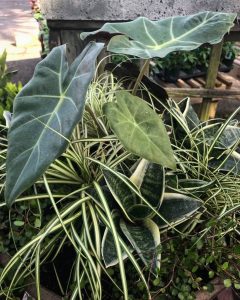
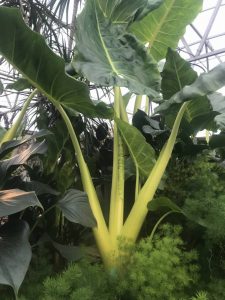
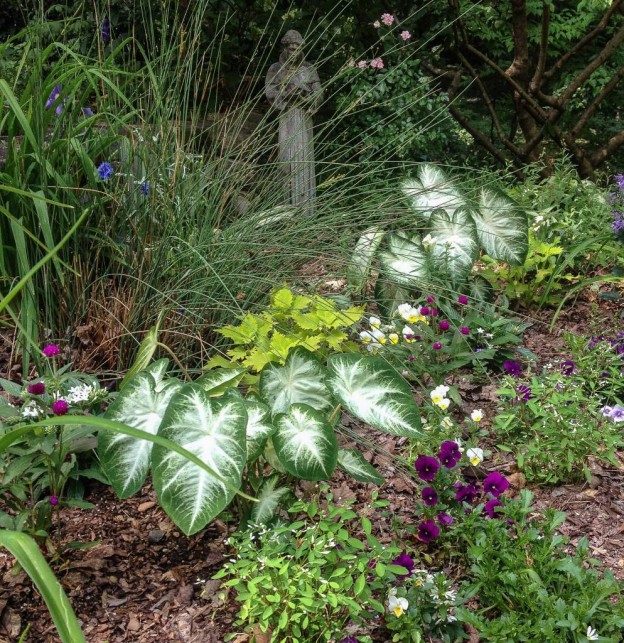
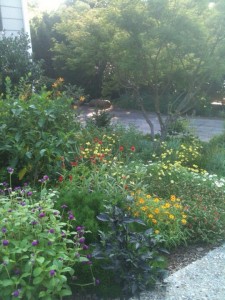 I read a piece that Tony Avent of Plant Delights Nursery wrote a few years ago about some people being “controlling” gardeners while others are “gambling” gardeners. I really thought it was spot on, and I can say I’ve worked with both types.
I read a piece that Tony Avent of Plant Delights Nursery wrote a few years ago about some people being “controlling” gardeners while others are “gambling” gardeners. I really thought it was spot on, and I can say I’ve worked with both types.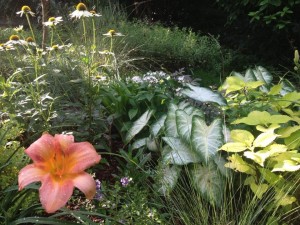
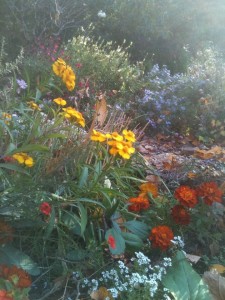 With the beginning of a new planting season, my personal outlook is going to be that of looking on my gardening efforts as a joy and an opportunity to not only beautify my landscape and surroundings but to nourish my soul as well; and, if there are failures, that will be part and parcel of the process. Some of my best plant combinations have been happy accidents!
With the beginning of a new planting season, my personal outlook is going to be that of looking on my gardening efforts as a joy and an opportunity to not only beautify my landscape and surroundings but to nourish my soul as well; and, if there are failures, that will be part and parcel of the process. Some of my best plant combinations have been happy accidents!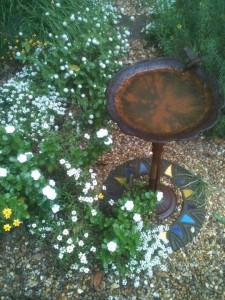 The pictures here are of my garden – plants are allowed to self seed, failures are yanked out, and plants that strike my fancy are tucked in here and there where I think they might look good. It wouldn’t make anyone’s list of a perfectly designed space, but it’s mine and that’s how you should treat yours too.
The pictures here are of my garden – plants are allowed to self seed, failures are yanked out, and plants that strike my fancy are tucked in here and there where I think they might look good. It wouldn’t make anyone’s list of a perfectly designed space, but it’s mine and that’s how you should treat yours too.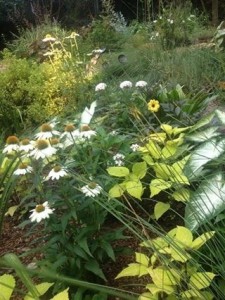 My ultimate hope is that many of you adopt the gambler attitude. It doesn’t have to be the high roller, high stakes approach, but try to roll with the plant punches, knowing they’ll come, and treat your gardening efforts as what they should be – a relaxing, and therapeutic addition to your daily schedule rather than a chore that’s only done on the weekends.
My ultimate hope is that many of you adopt the gambler attitude. It doesn’t have to be the high roller, high stakes approach, but try to roll with the plant punches, knowing they’ll come, and treat your gardening efforts as what they should be – a relaxing, and therapeutic addition to your daily schedule rather than a chore that’s only done on the weekends.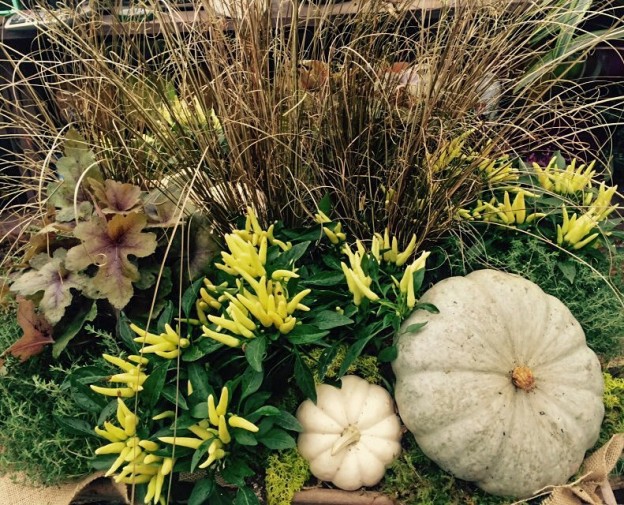

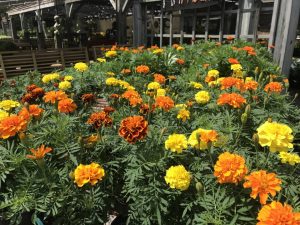
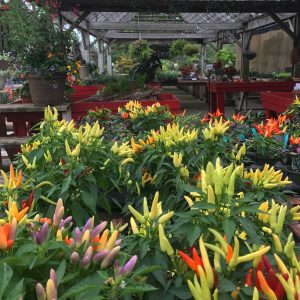
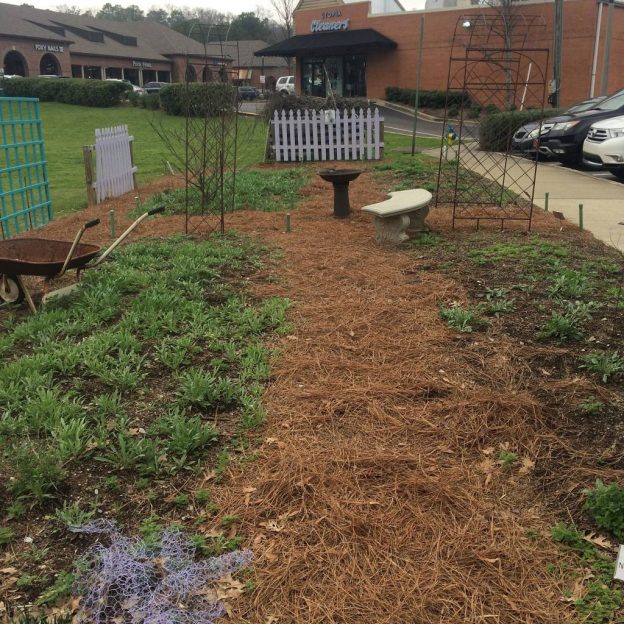
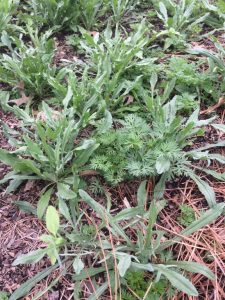
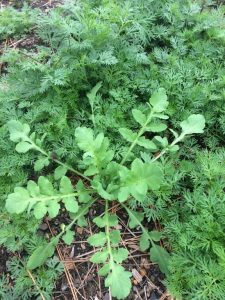
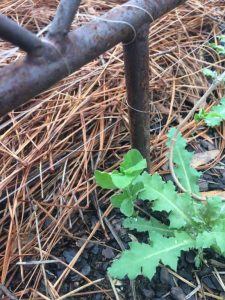
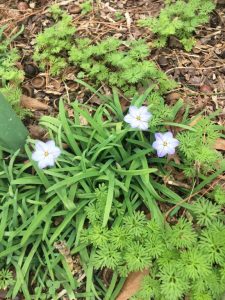

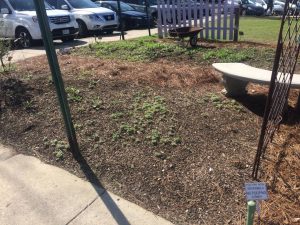
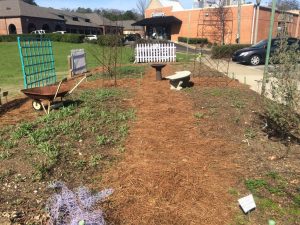
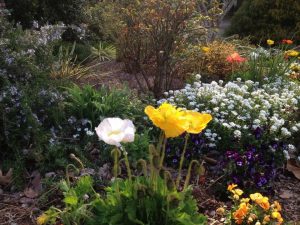
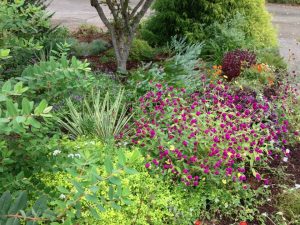
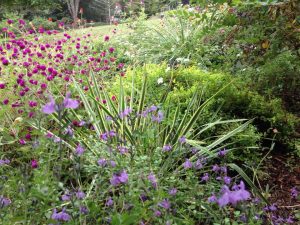
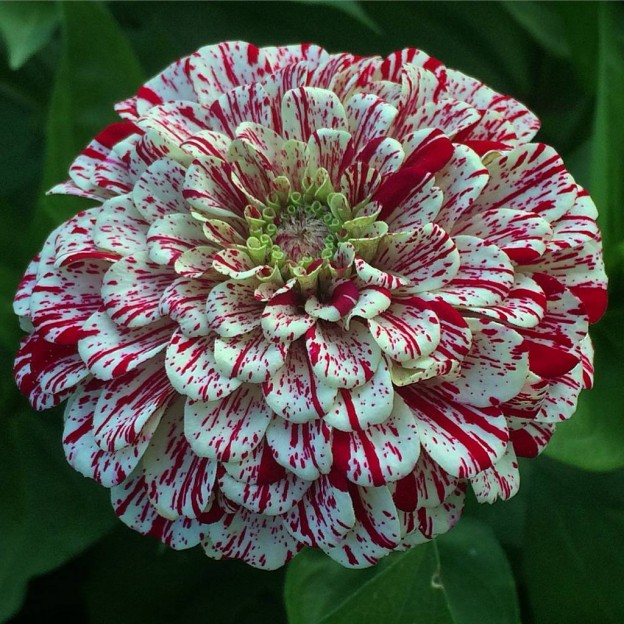
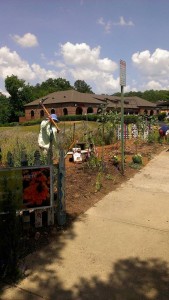
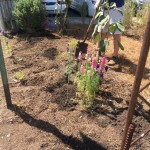

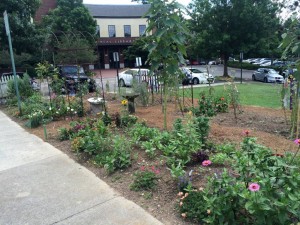
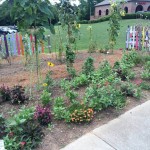
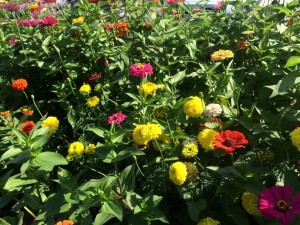

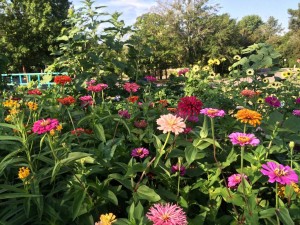
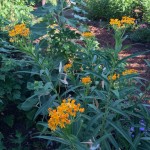
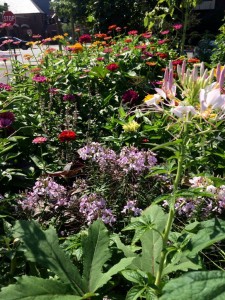
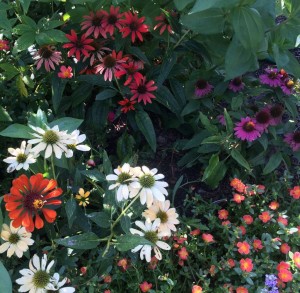
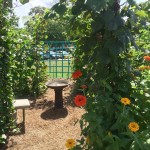
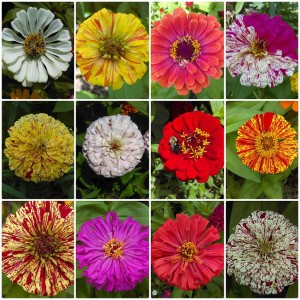
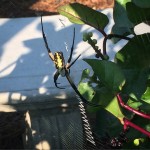
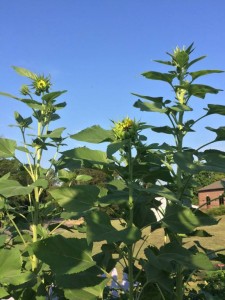



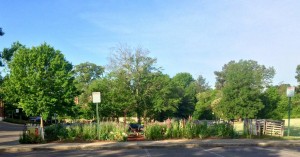
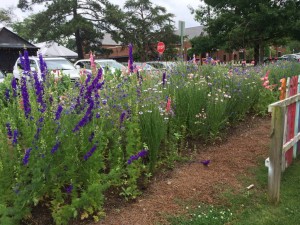

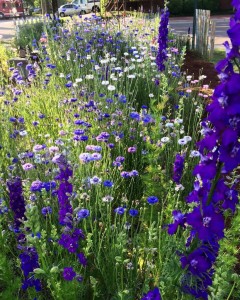
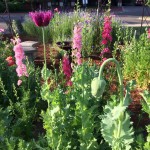
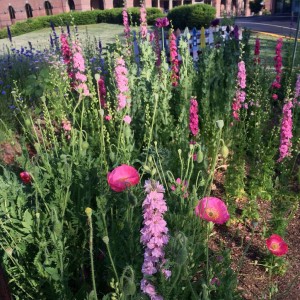
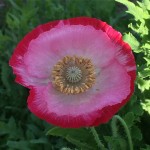
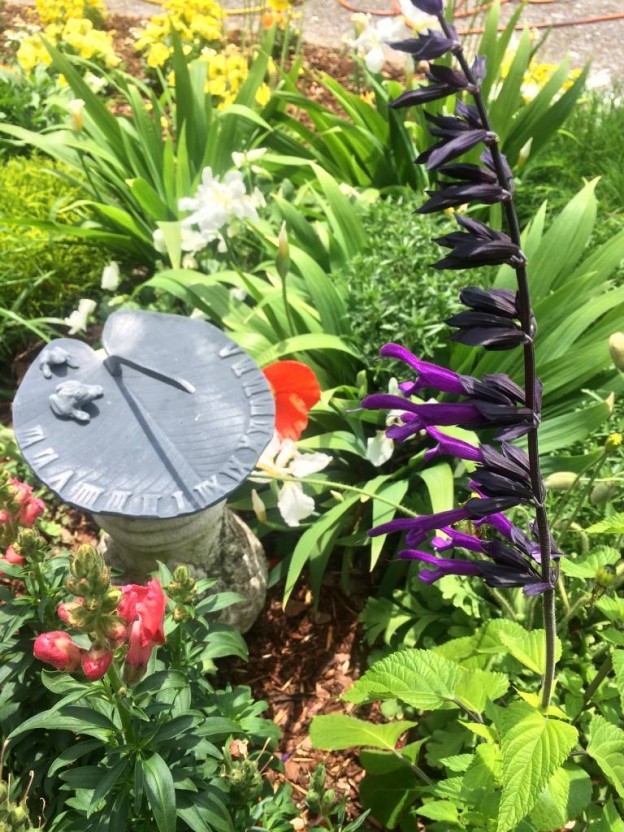
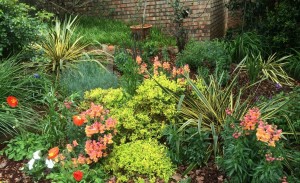
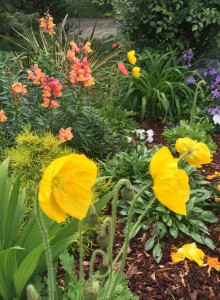
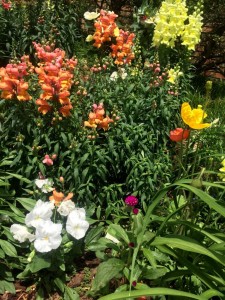
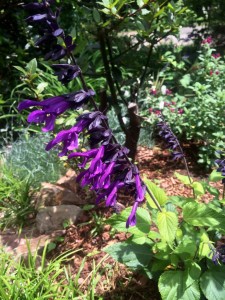
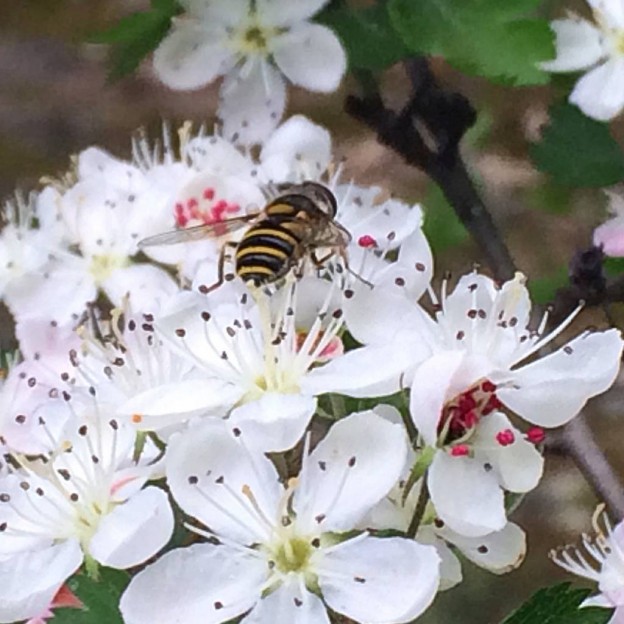
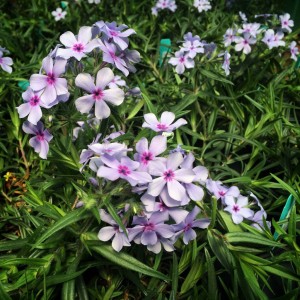
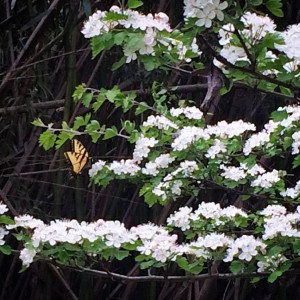

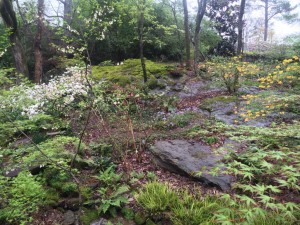
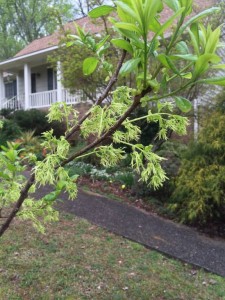
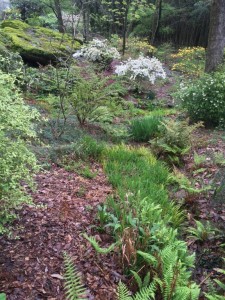
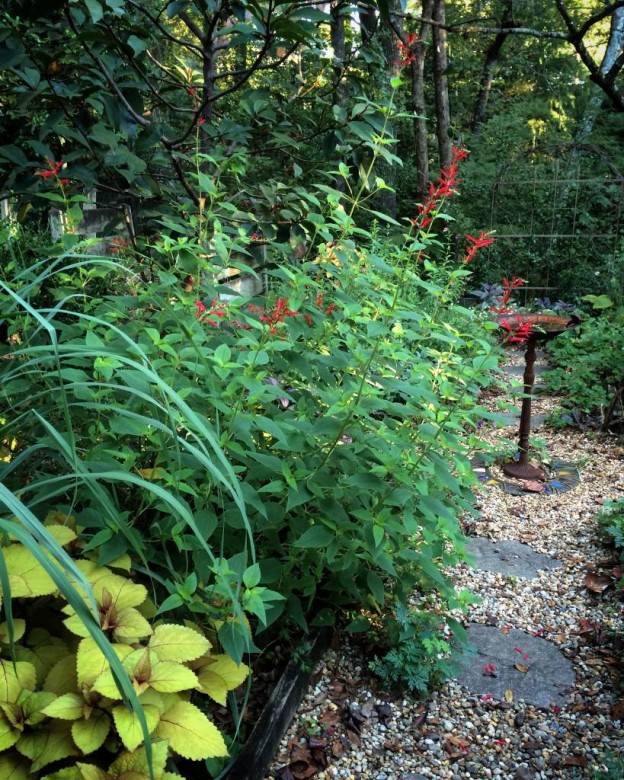
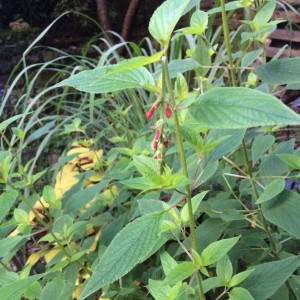
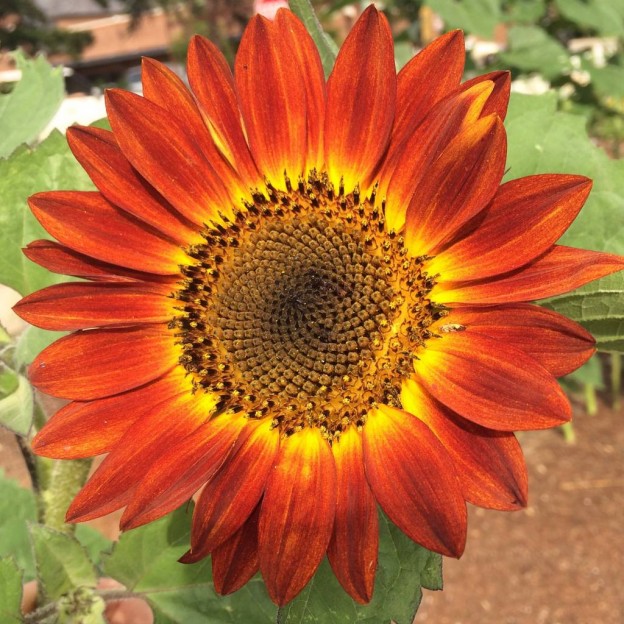
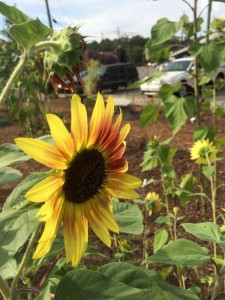
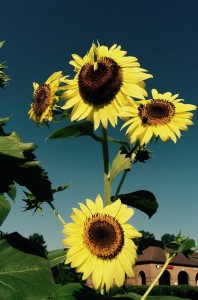
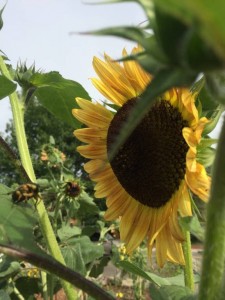
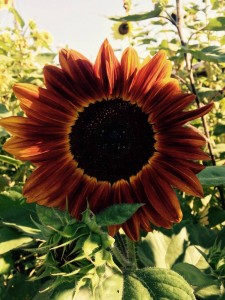
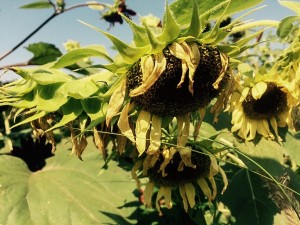
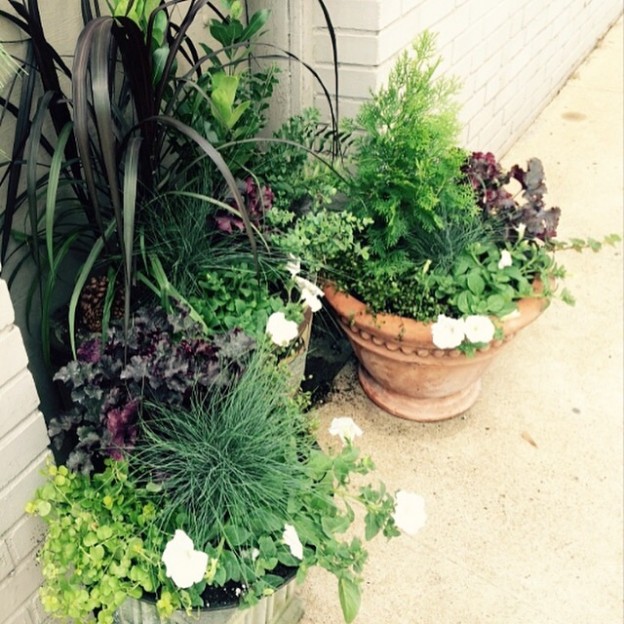
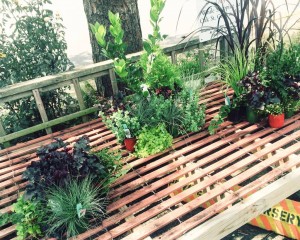
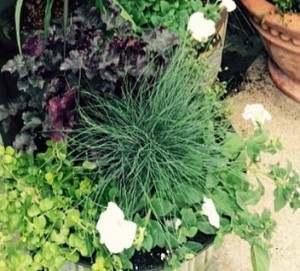
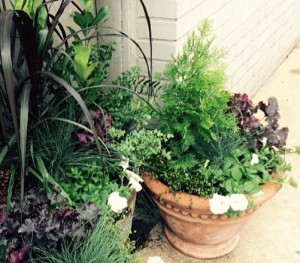
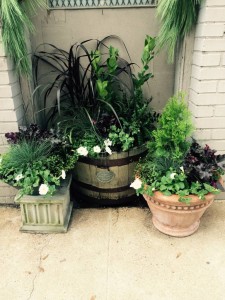
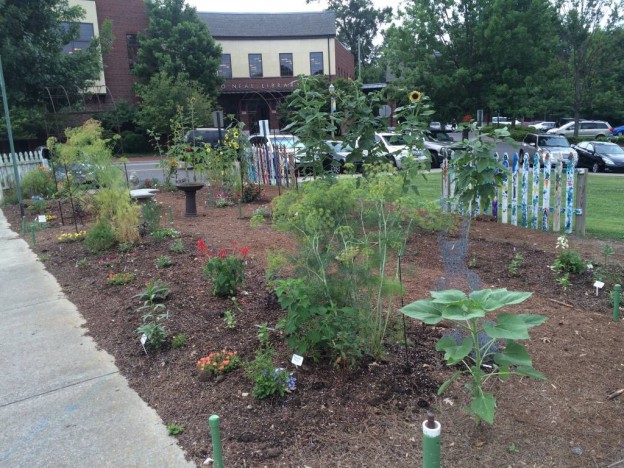
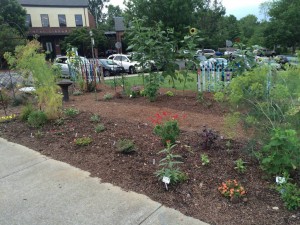 Just about this time
Just about this time 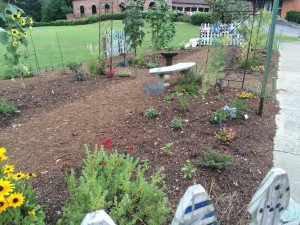
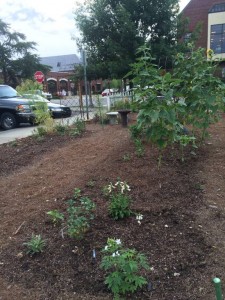 One flower I thought there’d be plenty of, because it’s a notorious reseeder, is the beautiful cleome or spider flower. I’ve been disappointed to find only one plant coming in the spot it was last year though. After giving it some thought, I’m sure the reason no seeds that might have fallen to the ground germinated was the heavy layer of pinestraw mulch I used in the winter garden. It was great for the pansies, snapdragons and foxglove but must have smothered any seeds that tried to come up through it.
One flower I thought there’d be plenty of, because it’s a notorious reseeder, is the beautiful cleome or spider flower. I’ve been disappointed to find only one plant coming in the spot it was last year though. After giving it some thought, I’m sure the reason no seeds that might have fallen to the ground germinated was the heavy layer of pinestraw mulch I used in the winter garden. It was great for the pansies, snapdragons and foxglove but must have smothered any seeds that tried to come up through it.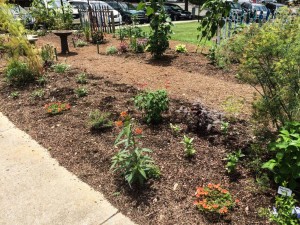
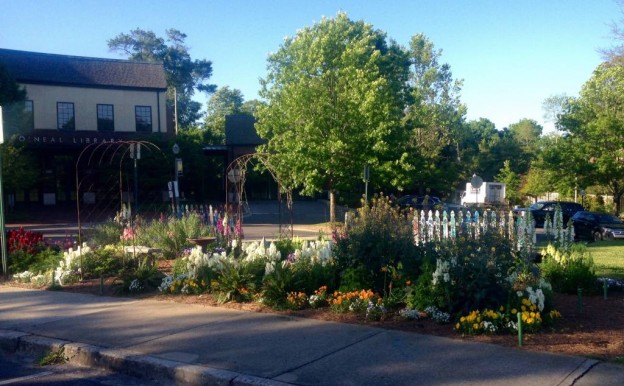
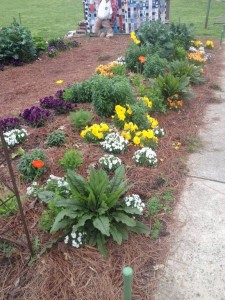 Last fall the little plot that I’ve come to call the ‘
Last fall the little plot that I’ve come to call the ‘